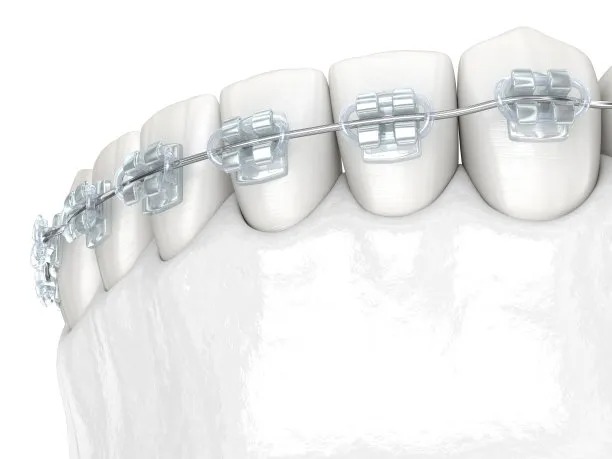Essential Guidelines to Follow for Successful Dental Filling Procedures and Post Treatment Care
Summary: Understanding the essential guidelines for successful dental filling procedures and the necessary post-treatment care is vital for patients and practitioners alike. The article explores four key aspects: preparation before the procedure, the filling process itself, aftercare following the treatment, and regular dental check-ups. These guidelines not only ensure a seamless experience during the dental appointment but also promote long-term oral health. By following these practices, patients can prevent complications and maintain the effectiveness of their dental fillings, ensuring a healthy smile for years to come.
1. Preparation Before the Dental Filling

Before the dental filling procedure, adequate preparation is essential. Patients should schedule a consultation with their dentist to discuss their symptoms and understand the need for a filling. This conversation allows the dentist to assess the current state of oral health and decide on the best course of action. Adequate knowledge about the type of filling material being used can also help alleviate any anxiety.
Additionally, maintaining good oral hygiene before the procedure is crucial. Patients should brush and floss their teeth thoroughly to minimize the risk of infection. It is recommended to refrain from consuming certain foods or beverages, especially those high in sugar, that can exacerbate any issues before treatment. Better oral habits can lead to a more successful filling process.
Finally, understanding what to expect during the treatment is beneficial. Patients should inquire about the steps involved and the duration of the procedure. Being mentally prepared can reduce anxiety and make the appointment more manageable. Dentists often provide pre-treatment instructions, which are important to follow for the best outcome.
2. Understanding the Filling Process
The filling process typically begins with the dentist administering a local anesthetic to numb the affected area. This is crucial in ensuring that the patient experiences minimal discomfort during the procedure. The dentist will then remove any decay from the tooth using specialized instruments, ensuring a clean surface for the filling.
After the decay is removed, the dentist selects an appropriate filling material, which can range from composite resin to amalgam or gold. Each material has its advantages and disadvantages based on aesthetics, durability, and cost. The dentist will then place the filling, shaping it to match the contours of the tooth to restore its function and appearance.
Lastly, the dentist will polish the filling and ensure that the bite is aligned correctly. This step is crucial for preventing future dental issues, as misaligned fillings can lead to discomfort and uneven wear on adjacent teeth. Patients should feel encouraged to ask questions throughout this process to ensure they are comfortable and informed.
3. Importance of Post-Treatment Care
After a dental filling, post-treatment care is vital for ensuring the longevity of the filling and the overall health of the tooth. Patients should observe any discomfort or sensitivity after the procedure, as it is common but should subside over time. Consuming soft foods and avoiding extremely hot or cold items for a short period can help in reducing discomfort.
Maintaining excellent oral hygiene after getting a filling is crucial. Patients should continue to brush and floss regularly, paying special attention to the filled tooth. This prevents the buildup of plaque and bacteria around the filling, which can lead to further decay or complications.
In addition, its important to avoid habits that can compromise the filling, such as grinding teeth or using teeth as tools. Patients should also monitor the filling for any changes, such as swelling or a noticeable change in texture, and contact their dentist if any concerns arise.
4. Scheduling Regular Dental Check-Ups
Regular dental check-ups play a crucial role in maintaining oral health, especially after receiving a dental filling. These visits allow the dentist to monitor the condition of the fillings and the overall health of the teeth. Dentists recommend routine check-ups every six months, but individuals with specific dental needs may require more frequent visits.
During these check-ups, the dentist can assess the integrity of the filling and determine if any repairs or replacements are necessary. This proactive approach helps ensure that small issues do not escalate into larger dental problems. Early detection of potential issues can save both time and money in the long run.
Lastly, routine visits also provide opportunities for professional cleanings, which help remove plaque and tartar buildup that brushing and flossing may miss. Maintaining a good relationship with your dentist and adhering to their recommendations can significantly contribute to lasting dental health and the longevity of your fillings.
Summary:
In conclusion, understanding the essential guidelines for successful dental filling procedures and post-treatment care is invaluable for maintaining good oral health. Preparation, awareness of the filling process, diligent post-care, and scheduling regular check-ups are vital steps for patients. This comprehensive approach ensures that fillings last longer and helps prevent future dental issues.
This article is compiled by Vickong Dental and the content is for reference only.


